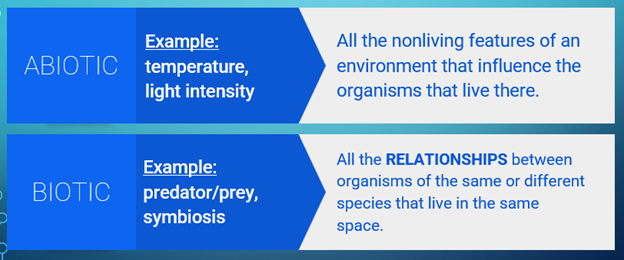FOOD CHAINS, FOOD WEBS ETC... [CSEC BIOLOGY & HSB]

SYLLABUS REFERENCE HSB [A10] Explain the ways in which other living organisms depend on plants directly or indirectly for food; [A11] Explain the principles of a food chain and food web; CSEC BIOLOGY [A3.1] identify the relative positions of producers and consumers in food chains; [A3.2] identify from each habitat: a food chain containing at least four organisms; [A3.3] identify from each habitat: herbivore, carnivore, and omnivore; [A3.4] identify from each habitat: predator/prey relationships; [A3.5] construct a food web to include different trophic levels; [A3.6] explain the role of decomposers; [A4.1] explain energy flow within a food chain or web;









